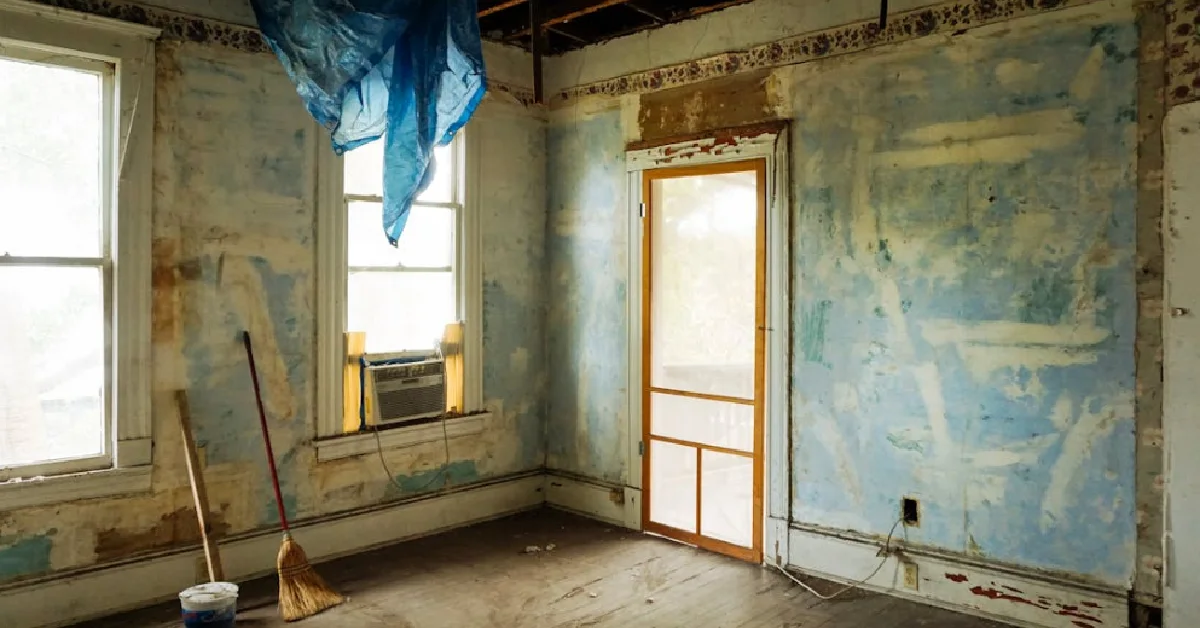Home upgrades are an unavoidable part of ownership. From roofing and plumbing to heating systems, every component eventually needs repair or replacement. Among the most significant upgrades homeowners may face is replacing the tank that stores heating oil. While the cost can seem daunting, understanding the factors that influence pricing and preparing ahead can make the process manageable.
Why Replacements Are Necessary
Tanks that store heating oil have a limited lifespan. Most last between 15 and 25 years, depending on the construction materials, installation quality, and the level of maintenance. Once they approach the end of that window, risks such as corrosion, leaks, and inefficiency increase.
Failing to act in a timely manner can result in unexpected breakdowns, costly repairs, and even environmental hazards. Planning for replacement in advance gives homeowners control over timing and budget, rather than forcing them to respond to an emergency.
Key Factors That Affect Costs
The cost to replace oil tank systems varies depending on several considerations:
- Tank size: Larger tanks require more materials and labor, which increases the price.
- Tank type: Above-ground tanks are generally more affordable to install than underground tanks, which require excavation.
- Material: Steel, fiberglass, and double-walled tanks each carry different costs and durability levels.
- Location: Replacements inside basements or tight spaces may require additional labor.
- Environmental considerations: If the old tank has leaked, the cleanup costs can significantly raise the overall expense.
Understanding these factors allows homeowners to anticipate expenses and avoid surprises during the project.
Average Price Ranges
While prices vary, most homeowners can expect to spend several thousand dollars on a complete replacement. Smaller above-ground tanks may fall at the lower end, while underground replacements or larger-capacity systems often cost significantly more.
It’s important to remember that while the upfront investment may feel high, it prevents far greater expenses down the line. Emergency replacements and environmental cleanups can be many times more expensive than a planned upgrade.
Saving Money Through Smart Choices
There are ways to manage costs without compromising safety or quality:
- Plan early: Replacing before failure avoids emergency charges.
- Compare providers: Request multiple quotes to ensure fair pricing.
- Choose the right size: Oversized tanks add unnecessary expense.
- Consider efficiency: Modern tanks often reduce long-term fuel costs.
- Look for incentives: Some states or municipalities offer rebates for upgrades.
These strategies give homeowners more control over their budgets and help stretch resources further.
Long-Term Financial Benefits
A new tank doesn’t just eliminate risk—it often improves efficiency, saving money on fuel and maintenance. Newer models are designed with better safety features, corrosion resistance, and monitoring systems, which reduce the likelihood of unexpected expenses.
When viewed as a long-term investment, the replacement cost becomes part of a strategy to lower future heating bills and preserve property value.
Environmental and Safety Considerations

Older tanks that corrode or leak pose risks that extend beyond the home. Oil spills can contaminate soil and groundwater, creating health hazards and triggering expensive cleanup requirements. Homeowners may also face fines if their systems fail to meet environmental standards.
By budgeting for timely replacement, families protect not only their property but also their communities and local ecosystems. Partnering with professionals in cost to replace oil tank services ensures the process is handled properly, minimizing risks and ensuring compliance with regulations.
Preparing for Replacement
Budgeting is only part of the process—homeowners should also prepare for the logistics of replacement. This includes scheduling work during warmer months to avoid disruptions, clearing access to the installation site, and confirming that all permits are in place.
Working with experienced providers ensures a smooth transition, from safely removing the old tank to installing the new system and testing for efficiency.
Looking Ahead With Confidence
While replacement may seem like a large expense, approaching it with knowledge and planning makes it far less stressful. By understanding cost factors, preparing ahead, and working with professionals, homeowners can make informed decisions that protect both their finances and their homes.
Replacing a tank is not just a necessary expense—it is a proactive investment in safety, reliability, and long-term savings.

